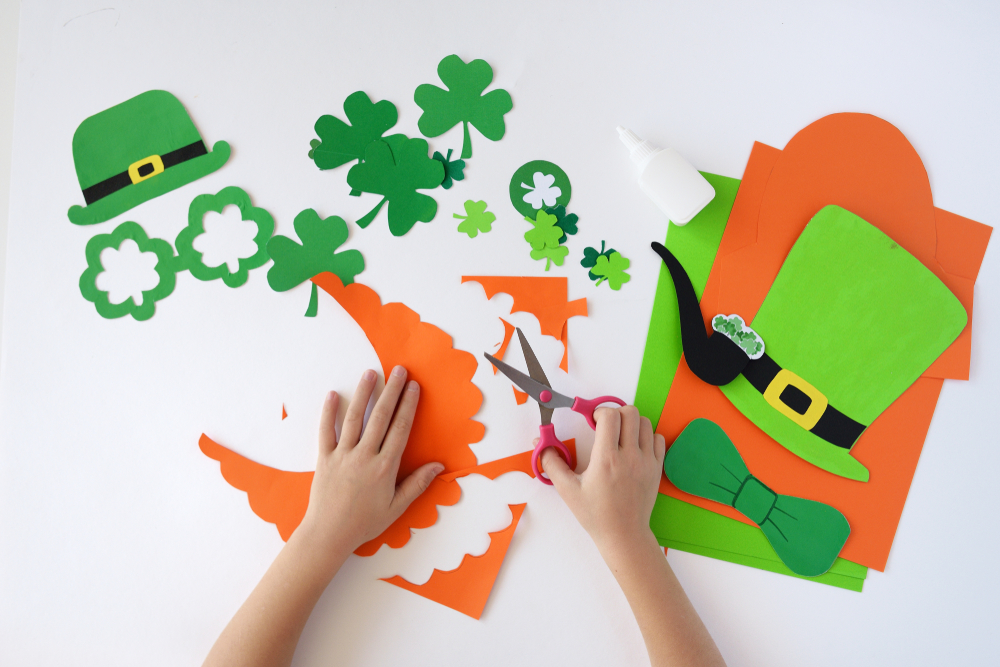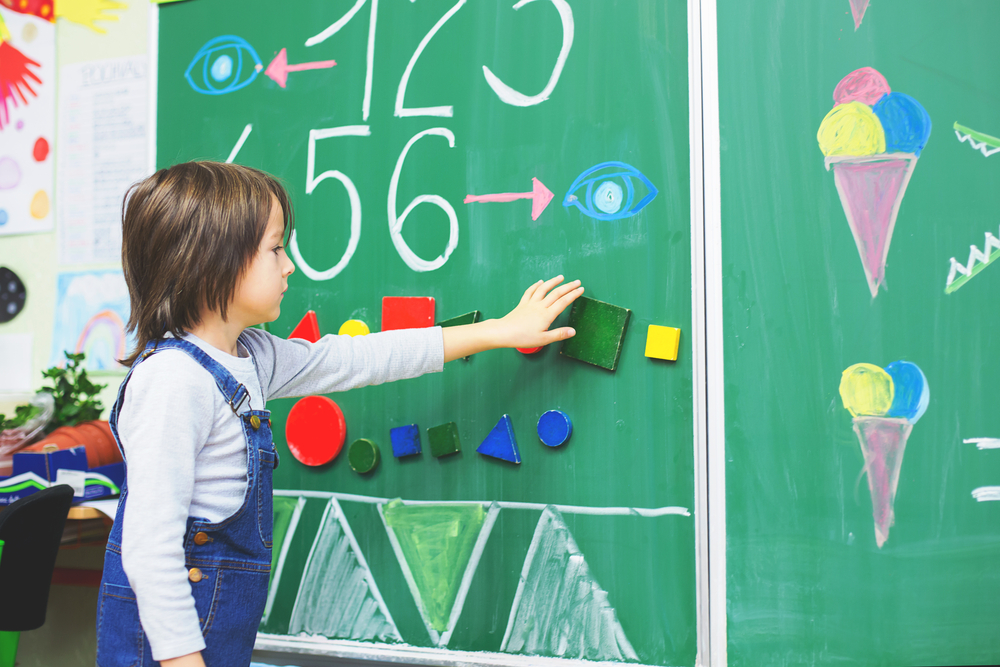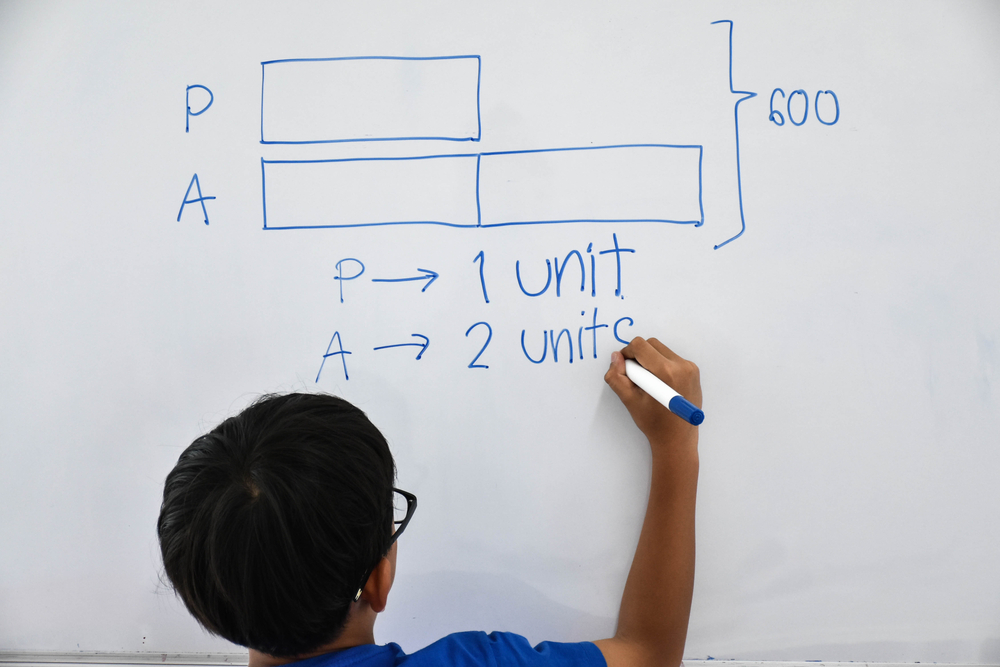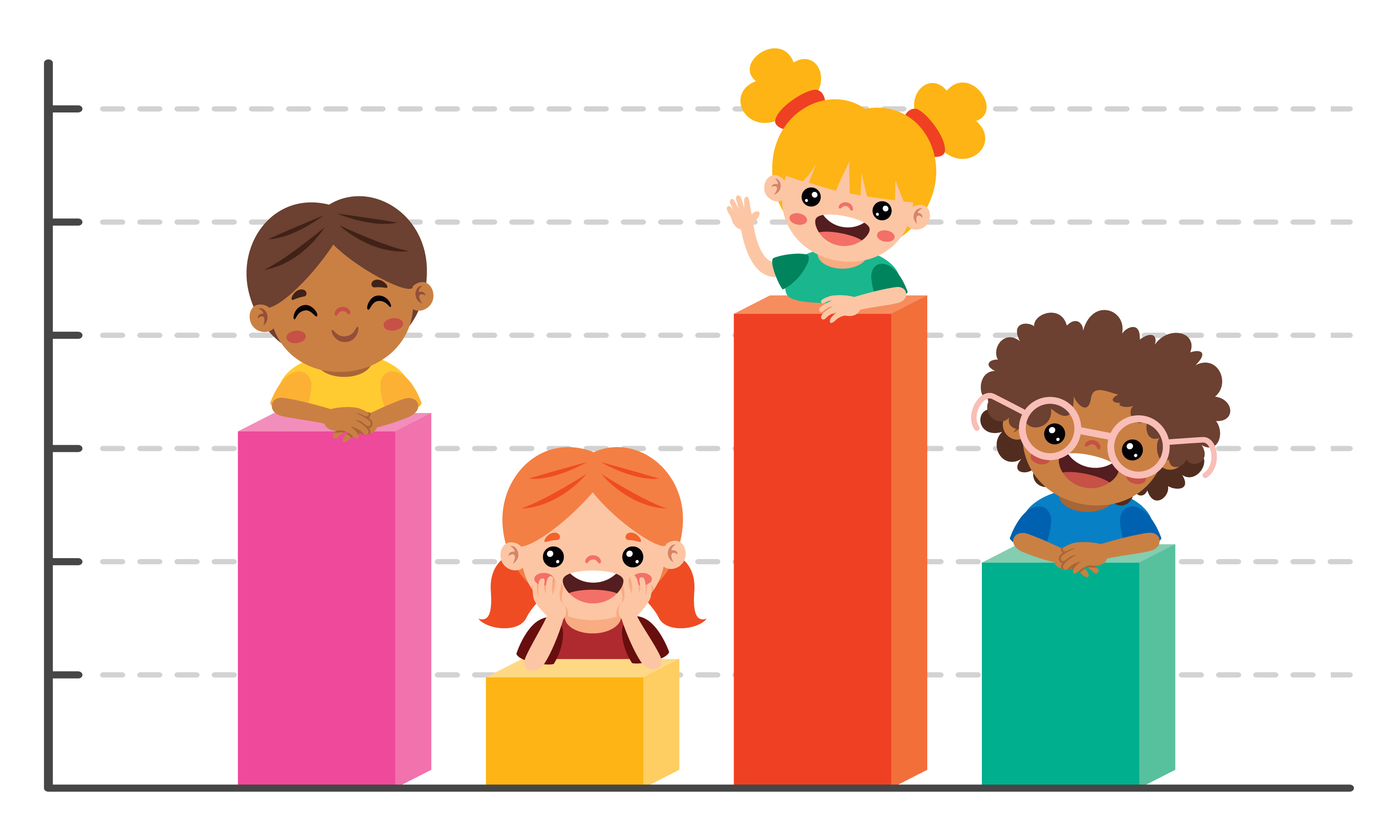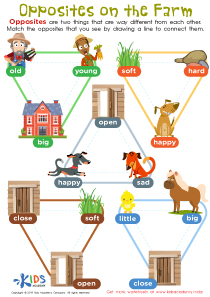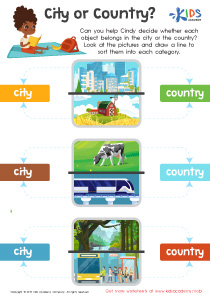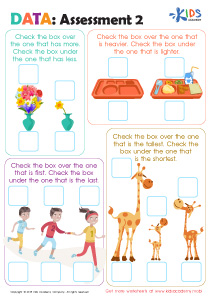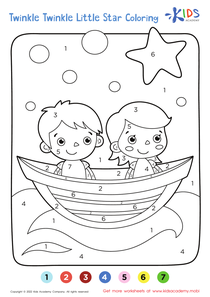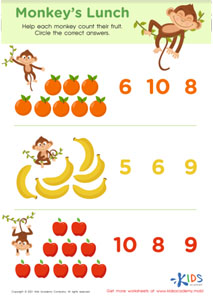Counting skills Graphs Worksheets for Ages 6-7
3 filtered results
-
From - To
Enhance your child's counting skills with our engaging Counting Skills Graphs Worksheets, specially designed for ages 6-7! These worksheets provide a fun and interactive way for young learners to visualize numbers through colorful graphs and charts. By working through various activities, children can develop essential counting concepts, improve their number recognition, and gain confidence in their math abilities. Our thoughtfully crafted worksheets encourage critical thinking and help build a solid foundation for future math success. Perfect for home education or classroom use, these resources make learning math enjoyable and effective. Download them today and watch your child's counting skills flourish!
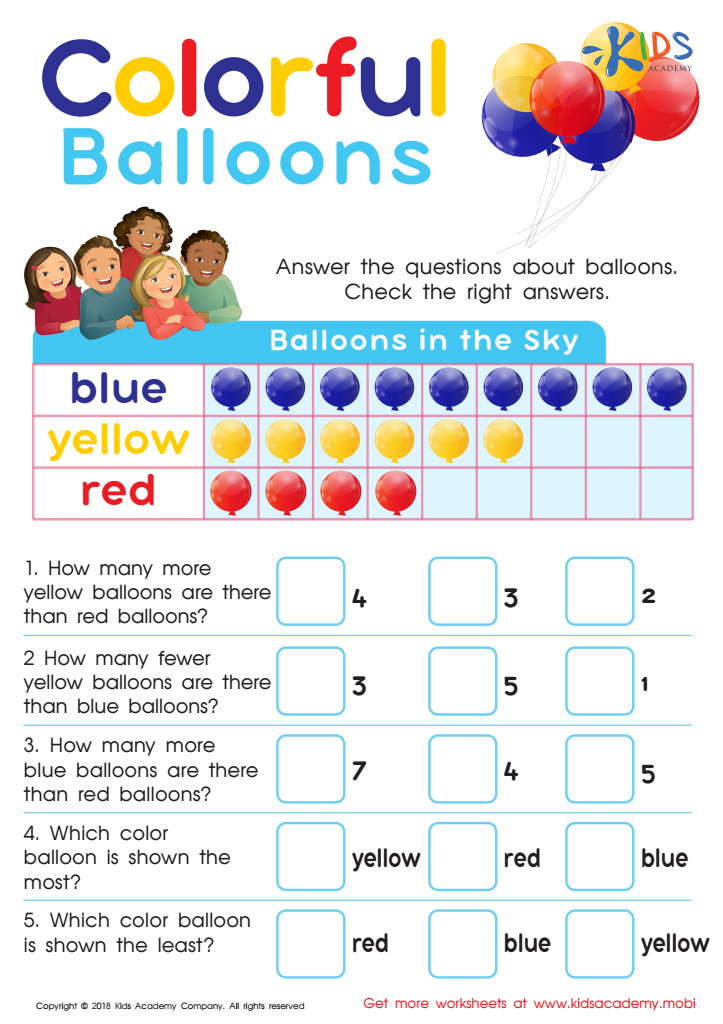

Picture Graphs: Colorful Balloons Worksheet
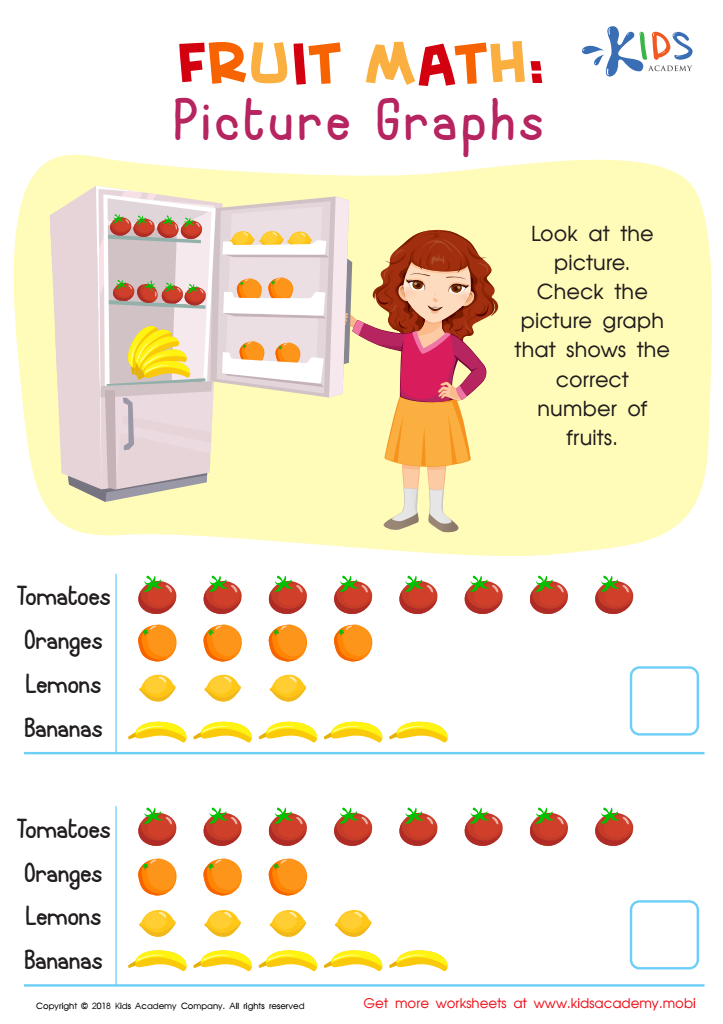

Fruit Math: Picture Graphs Worksheet
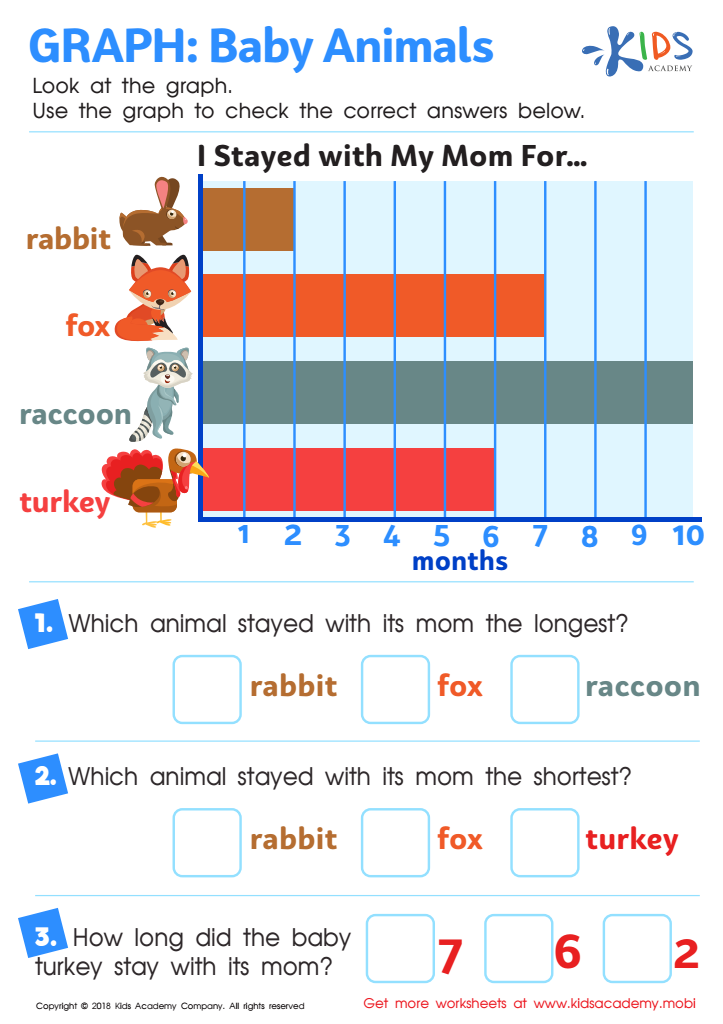

Graph: Baby Animals Worksheet
Counting skills and graphs are foundational components of early mathematics education, particularly for children aged 6-7. At this crucial developmental stage, children begin to grasp not only basic counting but also how to represent and analyze data visually.
Parents and teachers should care about counting skills because they are essential for children's cognitive development and future learning. Mastery of counting lays the groundwork for understanding more complex mathematical concepts such as addition, subtraction, and number relationships. Children also develop critical thinking and problem-solving skills as they engage in counting activities.
Graphs provide an effective way for children to visualize relationships between data points, facilitating comprehension. By learning how to create and interpret graphs, children can make connections between numerical information and real-life situations, enhancing their analytical skills. For instance, they can graph their favorite fruits or sports, allowing them to see patterns, compare quantities, and summarize data succinctly.
Fostering these skills promotes curiosity, encourages exploration, and instills a love for learning math at an early age. Parents and teachers play a vital role in nurturing these abilities through engaging, hands-on activities, ultimately supporting children's academic success and confidence in mathematics.
 Assign to My Students
Assign to My Students


